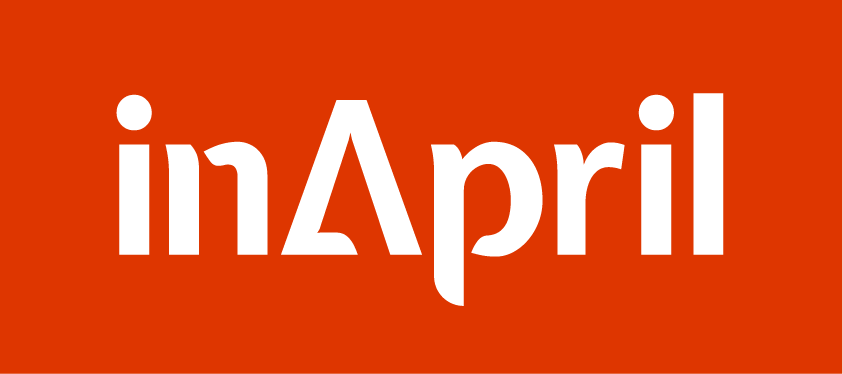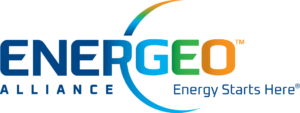Oslo, February 1, 2017. inApril is pleased to announce the appointment of Ronny Bøhn as Chief Operating Officer (COO) effective today. Ronny comes to inApril after more than 15 years in the marine seismic industry, most recently as Vice President of Marine Operations in CGG, responsible for CGG Marine’s Global Operations and QHSE. Prior to […]
Oslo, Norway, December 7th, 2016 – inApril AS has entered into a close cooperation agreement with Profocus Systems AS, a Norwegian company developing recording software, data management, and real time quality Control systems for the high-end marine seismic acquisition industry. inApril has, as a part of the agreement, exclusively received the option to purchase 100% of […]
November 27th, 2016. inApril last week successfully completed it’s first Venator pilot project for Geo Energy Group in the northern Caspian Sea. The vessel installation included nodes, onboard handling and Data Management. Concept Systems supplied the multi vessel navigation package. The pilot was a great success with no operational issues and demonstrated Venator’s great efficiency […]
One of the leading global seismic industry publications has published a paper about the coming disruption of the marine seismic market – “Transforming ocean bottom seismic technology into an exploration tool” – download the linked article to understand the history, current implications and future of of Ocean Bottom Seisimic. First Break November 2016 article […]
October 14, 2016 inApril works under strict ethical standards and will always before a sale inform customers of what we know when it comes to other’s IP and patents. To reduce the risk of anyone, intentionally or unknowingly, trying to patent elements of our Venator solution or ways of operating, we actively use our web […]
Oslo, 3rd August, 2016: inApril is pleased to report an oversubscribed private placement with lead participants being professional investors focusing on the Seismic and Oil & Gas markets. Proceeds will be used to advance our commercialization efforts.
Oslo, 30th June, 2016: inApril, the Norwegian offshore technology company, announces today a first commercial agreement potentially worth $25-30 million for Venator, its game-changing, node-based seabed seismic acquisition system. A letter of intent (LOI) has been signed with the Kazakhstan company GEO ENERGY GROUP LLP (GEG) to supply a Venator system, starting with a test […]
June 13, 2016. Tore Valderhaug and Jan Helgebostad were elected new board members at inApril´s annual general assembly on 13 June 2016. They both were elected for a period of two years and replace John Thompson and Terje Sparengen, who have served on the board since 2014. ”We are very pleased that Tore and Jan […]


Address: Nygårdsgaten 114 5008 Bergen, Norway
E-mail: post@inapril.com